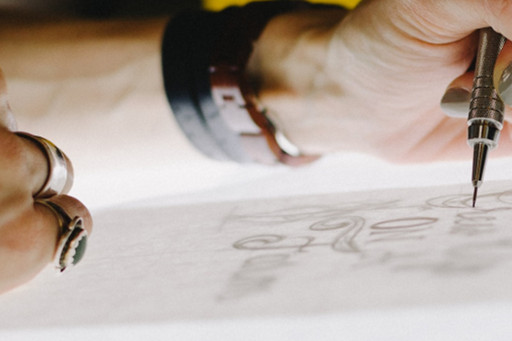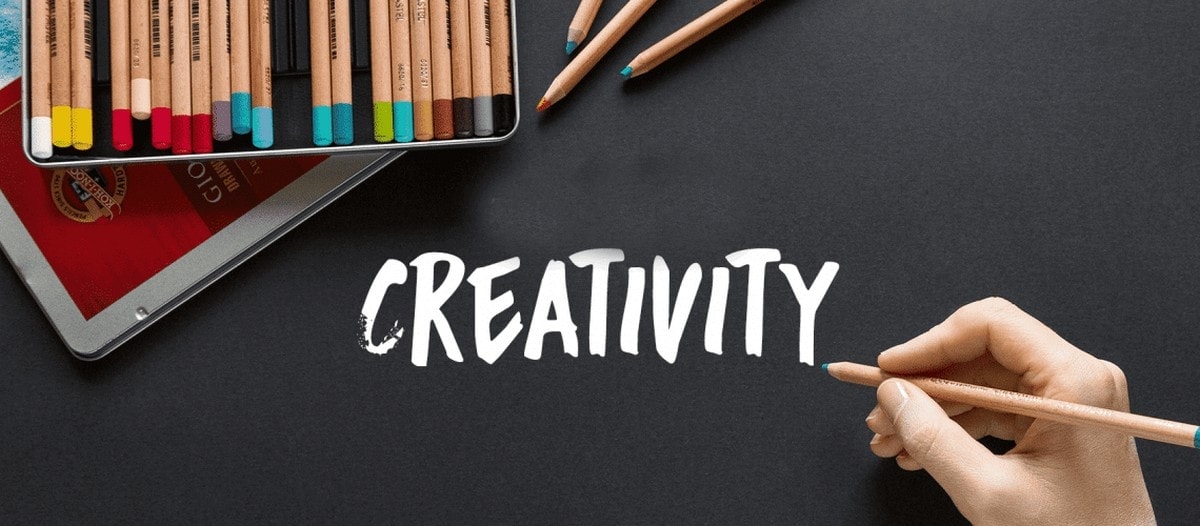
Jewellery Manufacturing Process ( Step by Step Guide) – SOQ
Jewellery Manufacturing Process ( Step by Step Guide)
Jewelry designing is an art, an art that is changing with time and technology.
Being a jewelry designer allows you to turn a conception into creation. To match your concept to the final result, it is essential to know the fundamentals of the manufacturing process.
Knowing the techniques helps you to create excellent communication with your coordinators, and it also allows you to manipulate the design based on durability. Most importantly, you will establish clarity in the costs associated with the whole process.
TECHNIQUES OF MANUFACTURING JEWELRY
- Lapidaries: This involves carving, shaping, and engraving the gems. This is a complex method that requires precision and balance.
- 3D printing: The three-dimensional printing is a mechanized technique that creates an object by adding layers of material on top of each other. This method reduces the time taken on making intricate pieces like pendants and invisible set rings.
- Lost wax casting: Another name for lost wax casting is ‘investment casting”. This technique involves creating molds. Lost wax casting is usually used while making a large number of precious metal components.
- Centrifugal casting: This technique is used for small jewelry that requires tiny details. In this method, mold is created using mechanical arms spinning on an axle.
- Permanent casting: While methods like lost wax casting create molds for one-time use, permanent casting creates molds that can be used several times. Metals like steel, iron, bronze, and sometimes ceramics are used in this method.
STEPS TO JEWELRY MANUFACTURING
Now that you are familiar with the types of techniques, let’s delve into the steps to manufacture jewelry. Let’s take Ring as an example.
STEP 1: SKETCH 3D MODEL
The first step involves sketching a digital model of the design using CAD (Computer Aided Design). This software transforms an idea of the design to a model of the finished product. It can create any shape using any kind of material.
While it takes a day to complete a sketch model by hand, with the CAD program, the design is completed and rendered in just a matter of a few hours.
Here you can see the finished product of what you are anticipating. This helps decide the shape and design between the jeweler and the client, to make sure both parties agree before moving to full production.
CAD ensures the end product to meet your needs.
STEP 2: 3D WAX PRINTING
The digital model is taken to a 3D printer or a 3D grower as a file to print a wax model using resin. Make sure the file is compatible with the 3D printer you are using.
The 3D printer has a build platform where the parts will grow, hanging upside down. The build platform settles in the resin for the process to start.
The machine shoots light underneath the resin and lay down a layer of the design file. The whole procedure takes about 6 to 48 hours to complete.
After taking the wax model out of the 3D printer, they are taken for cleaning before moving into the next phase. The parts are cleaned in alcohol to remove any resin residue, after which it is air-dried.
The wax mold has a rubbery texture making them feel soft. The parts are then placed in a light box with high UV lights to harden them before they are taken for casting.
STEP 3: CASTING WAX TO METAL
The third step involves the lost wax casting technique. A mold is created by surrounding the object with ‘investment’ which is a plaster-like material containing silica.
The flask containing the jewelry part model and investment is baked in the oven for 5 to 12 hours to harden the material.
After removing the flask from the oven, the metal is prepared for the jewelry. Molten metal replaces the wax which can be silver, gold, or platinum. Finally, the metal dries and takes the shape of your design.
STEP 4: ASSEMBLE THE PARTS
After the casting is done, the metal part is cleaned of any investment residing on it. In this stage, the jeweler makes adjustments as required. In case of a ring, the piece is checked whether it can hold the gemstones or not.
This step involves necessary additions of jewelry pieces like clasps, hinges, posts, or closures. For gold jewelry, a special alloy of gold is used for welding the pieces into place.
If there is any enamel works or additional designs required, it should be done before the stone setting.
STEP 5: SET THE STONES
To set the stones, the jeweler will drill holes with an engraver if side stones are required. The diamond setter or gem setter places the stones according to the desired design.
Using a microscope, the stones are set in a burnish, bezel, pave or prong setting. This step requires a lot of skill so as not to damage the gems.
Each gem is held in an even plane with each other. Among the settings, the prong setting is considered to be an easy method where the prongs are bent to secure the stone. On the other hand, the bezel setting is a complicated method where the stones should be set without any gap.
After the stones are set, the jewel is taken to add shine and sparkle.
STEP 6: POLISHING
The polisher takes the lead in this step to add sparkle on your jewel. The jeweler will finish with choices of style like high polish or satin polish. Additional designs like engravings are added in the final stage.
The polisher takes the responsibility to polish the jewelry to perfection, leaving no details behind.
Finally, the jewelry is thoroughly inspected and analyzed to ensure a perfect production.
STEP 7: E-COATING AND ELECTROPLATING
This is an optional measure to coat your jewelry with a precious metal coating.
E-coating or electrophoretic coating is the process of applying particles on a metal surface. This method uses a semi-transparent mixture of plating and enamel, which is mostly ceramic or acrylic particles. The object is then baked to set the coating.
Electroplating involves metal coating an object by submerging it in a solution that contains the metal for plating. Electric current is passed through the jewelry and the solution. This technique is more accessible and less expensive as compared to other procedures. Electroplating usually uses gold, silver, and rhodium.
Take a look at a few things to consider before you start manufacturing your jewelry.
- Keep your measurements precise: Accuracy of measurement is very crucial. For wax model casting using the CAD program, it can generate a precise 3D image from your sketches.
If you are using strings for design, make sure your line drawings are on point with the scales.
Assembling many units will require exactness and accuracy.
- List the materials: If your jewelry has many parts, you will need to make a list of materials similar to your sketch model. Every beads, gems, claps, chains, strings, and stone should be taken into account along with the measurements of each piece.
It is also essential to list the sources of each item and their style numbers. Before you start manufacturing, make sure no details are missing or left out.
- Know the cost and the materials: Every item you are going to use will have different pricings. Keep an account of the costs of each material along with packaging and even labor costs.
Whether you are going for bulk order or a small one, knowing the base price will help you organize your budget accordingly.
- Know the market demographics: Knowing your target will help you in ascertaining your selling factor. Spend time researching the competitions in the market. Are your products similar? What is their pricing? How much are they gaining or losing? Who are your targets? Whatever product you are going to put on the market, search for it on the internet, and you will know how thin or strong the competition is.
- Ascertain your timeline and budget: Business of any kind needs a lot of thoughts on advertisements. Make sure you are covering photo shoots, PR handouts, press kits, and so on.
Developing a collection is a slow process, giving you ample time to decide on what you need to do for launching your business. Look out for supports that can help you in releasing your products.
Determine the amount of production for retail and wholesale. Organize a timeline for assembling, completion, and shipment.
The jewelry market is a promising one, but there are some drawbacks that you need to be aware of.
- If you are not present at the production centre, it will be hard to control the quality of your materials.
- Outsourcing to places far from you will create complications on customization of designs and recovering defective products.
- Increase of demand looks progressive, but unless you are prepared, it will be challenging to keep up with the requirements. In short, there will be a gap in supply and demands.
- As your business grows, you will start outsourcing your products to different countries, keep updating on the carrying laws and regulations.
Designing and manufacturing your jewelry is not easy, but it is not hard either. Staying on track with the techniques, market and the fundamentals of manufacturing jewelry will place you in the right spot for outsourcing with big production companies.









